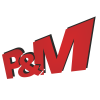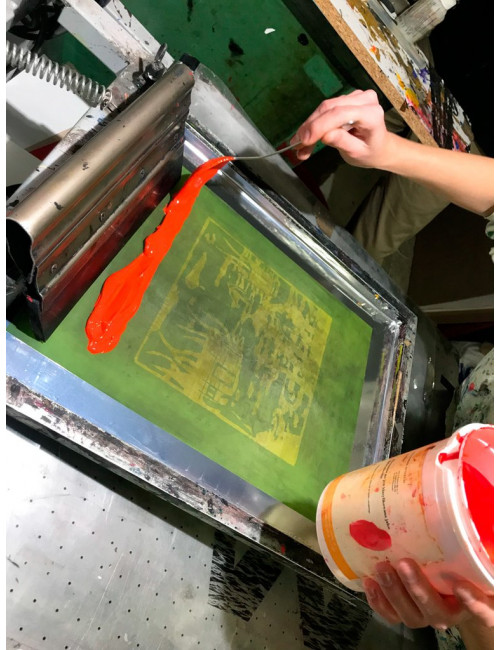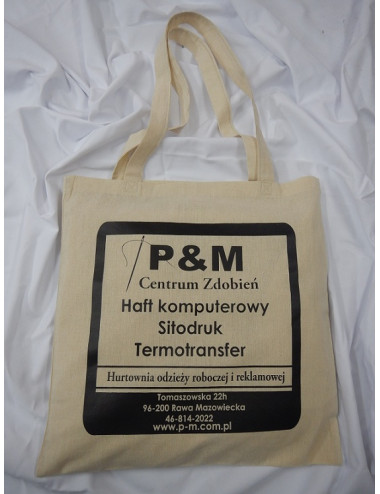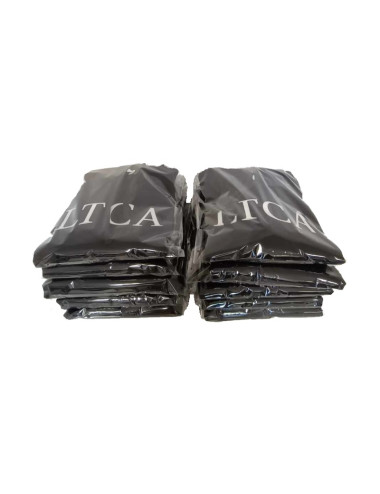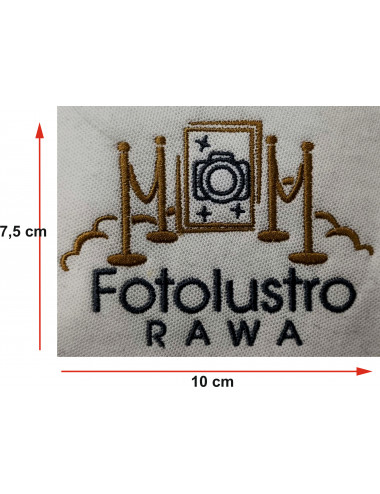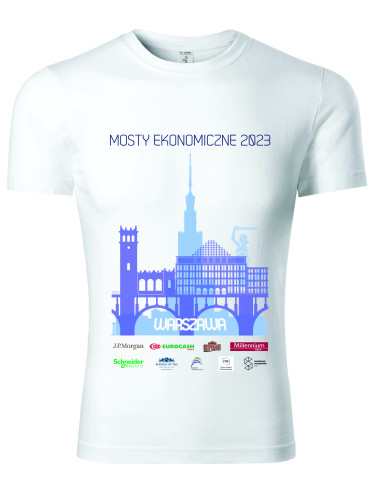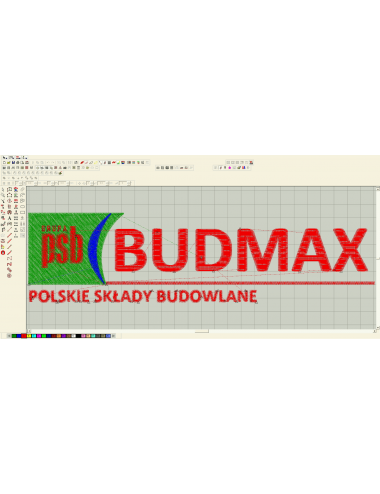Preparing a Screen Printing Matrix
1 color in the logo = 1 matrix
This means that if your logo contains, for example, two colors, it is necessary to acquire two matrices.
The graphic file provided by you in vector format needs to be processed by our graphic designer in a way that makes it suitable for printing. This process involves color separation because a separate matrix and screen must be prepared for each color. A screen is a frame with a stretched mesh, which is covered with a photosensitive emulsion and then exposed together with the color separation film to UV light. The resulting matrix is a hardened layer of photosensitive emulsion that prevents ink from passing through, while the unhardened emulsion is washed away during rinsing. This process yields a ready-to-use printing matrix.
The process of preparing a screen printing matrix is a crucial stage in production, ensuring quality and precision in printing. Below is a brief description of this process:
-
Graphic Preparation: At the outset, a vector file provided by the client is needed. This file is then processed by a graphic designer to adapt it for screen printing.
-
Color Separation: If the graphic contains more than one color, the next step involves color separation. This means dividing the graphic into individual colors, each of which will require a separate matrix.
-
Matrix Preparation: A matrix is prepared for each separate color. A matrix is a specialized plate or screen with a stretched mesh. A photosensitive emulsion is applied to the mesh.
-
Exposing the Matrix: After applying the emulsion, the matrix is placed together with the color separation film in an exposure unit. UV light is directed onto the matrix through the film, causing the emulsion to harden in the areas covered by the film. This creates a negative pattern that will be used to transfer the design onto the printed material.
-
Rinsing the Matrix: After exposure, the matrix undergoes a rinsing process. Unused, unhardened emulsion is washed away, leaving openings in the mesh through which ink will pass during printing.
-
Matrix Testing: Before starting the full printing process, the matrices are tested to ensure that the print matches expectations. This allows for adjustments and the resolution of any issues.
-
Printing: Completed matrices are placed in the screen printing machine. Ink is applied to the matrix, which is then pressed through the mesh onto the surface of the printed material.
Preparing a screen printing matrix requires meticulousness, precision, and technical knowledge. It is a process that significantly impacts the quality of the final product, enabling vibrant colors and distinct patterns on various materials.

